Imagine a dynamic classroom where every student thrives, individual needs are met, learning becomes a truly transformative experience and collaboration between special educators and paraprofessionals in special education. Special education teachers play a vital role in achieving this vision, but they don’t do it alone.
In this exciting blog post, we’ll explore how paraprofessionals can collaborate with special education teachers in self-contained classrooms to create an environment of growth and success. Let’s dive into five easy steps that harness the power of teamwork!
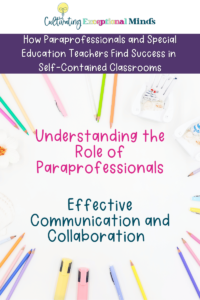
Understanding the Role of Paraprofessionals
In this section, we’ll explore the what and why of paraprofessionals in special education. Discover how their unique skills and qualifications contribute to student achievement and classroom dynamics.
Paraprofessionals in special education play a crucial role in supporting the learning and development of students with diverse needs. In this section, we’ll delve deeper into their role, skills, and qualifications, and how they contribute to student achievement and classroom dynamics.
Paraprofessionals bring unique skills and qualifications to the special education setting. They often have direct experience working with students with special needs and may have received specialized training in areas such as behavior management, assistive technology, or specific disabilities. Their presence allows for increased individualized attention and support, which can significantly impact student outcomes.
Paraprofessionals assist special education teachers in various ways. They may provide one-on-one or small group instruction, reinforce concepts, assist with classroom organization, and support behavior management strategies. They collaborate closely with the teacher, following instructional plans and implementing accommodations outlined in Individualized Education Plans (IEPs). Paraprofessionals also serve as a bridge between students and teachers, helping to foster positive relationships and create a supportive learning environment.
Effective Communication and Collaboration
Communication is key! Learn how special education teachers and paraprofessionals can establish clear lines of communication, work together as a cohesive team, and ensure a smooth flow of information and support.
In order to maximize their impact, special education teachers and paraprofessionals must establish effective communication and work as a cohesive team. Clear lines of communication ensure that important information flows smoothly between team members, enabling them to provide consistent and targeted support to students.
Regular team meetings and check-ins allow for ongoing collaboration and problem-solving. Special education teachers should create an open and respectful environment that encourages paraprofessionals to share their insights, observations, and concerns. This collaboration promotes a shared understanding of student’s needs, instructional goals, and strategies. It also helps ensure that the efforts of both teachers and paraprofessionals are aligned, creating a unified approach to support student learning.
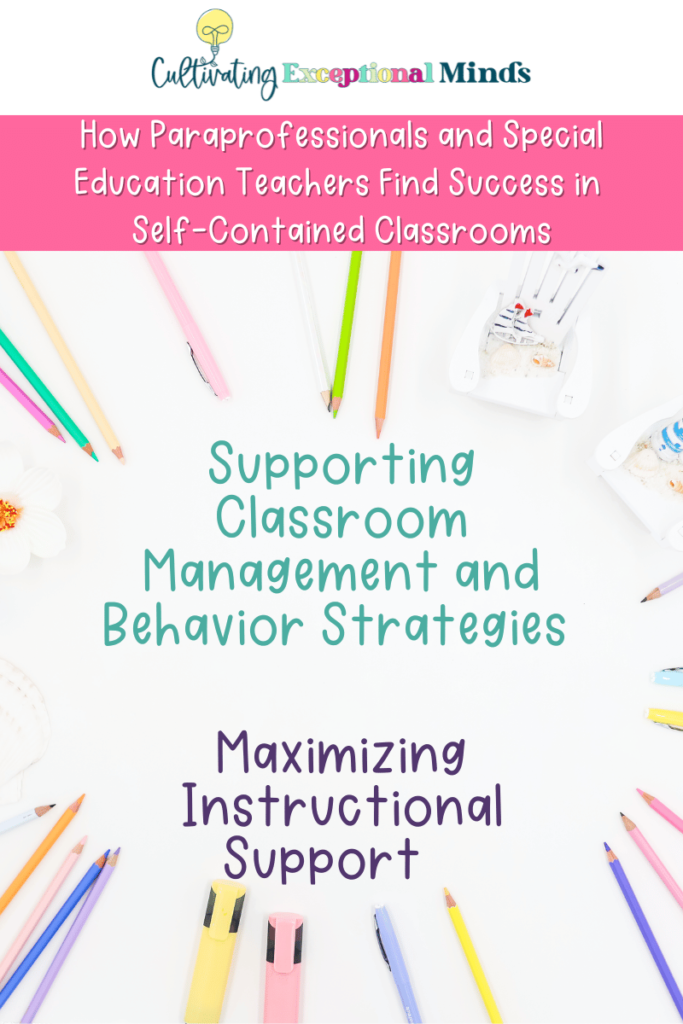
Creating Individualized Education Plans (IEPs) as a Team
Discover the power of collaborative IEP meetings. Explore how special education teachers and paraprofessionals can join forces to develop and implement effective strategies that address each student’s unique learning goals and accommodations.
Collaborative IEP meetings are a powerful tool in special education. Special education teachers and paraprofessionals join forces to develop and implement effective strategies that address each student’s unique learning goals and accommodations.
During IEP meetings, special education teachers share their expertise and insights, while paraprofessionals provide valuable input based on their direct interactions with students. Together, they analyze student progress, identify areas of need, and develop tailored interventions and supports. This team-based approach ensures that all members are actively involved in the planning and implementation of instructional strategies, making the IEP a collaborative and comprehensive roadmap for student success.
Supporting Classroom Management and Behavior Strategies
In this section, we’ll delve into the importance of consistency and structure in self-contained classrooms. Explore how paraprofessionals can assist in implementing behavior management techniques, fostering a positive learning environment, and promoting student independence.
Consistency and structure are vital in self-contained classrooms. Paraprofessionals play a crucial role in implementing behavior management techniques, fostering a positive learning environment, and promoting student independence.
Paraprofessionals work closely with special education teachers to establish and maintain consistent routines, rules, and expectations. They assist in implementing behavior plans and strategies outlined in IEPs, providing immediate feedback and reinforcement to students. By modeling appropriate behaviors and using positive reinforcement techniques, paraprofessionals help create a supportive and inclusive classroom climate that encourages student engagement and self-regulation.
Maximizing Instructional Support
Explore how paraprofessionals can provide valuable instructional support by reinforcing concepts, assisting with differentiated instruction, and implementing assistive technology. Discover practical strategies for collaboration that enhance the overall learning experience.
Paraprofessionals provide valuable instructional support to students with diverse needs. They reinforce concepts, assist with differentiated instruction, and implement assistive technology tools.
In collaboration with special education teachers, paraprofessionals help reinforce and scaffold learning by providing additional explanations, examples, and practice opportunities. They assist in adapting instructional materials and strategies to meet individual student needs, ensuring that students can access and engage with the curriculum effectively.
Paraprofessionals also play a key role in implementing assistive technology tools and supports. They help students utilize technology to enhance their learning experiences, such as using speech-to-text software, AAC communication devices, and so much more!
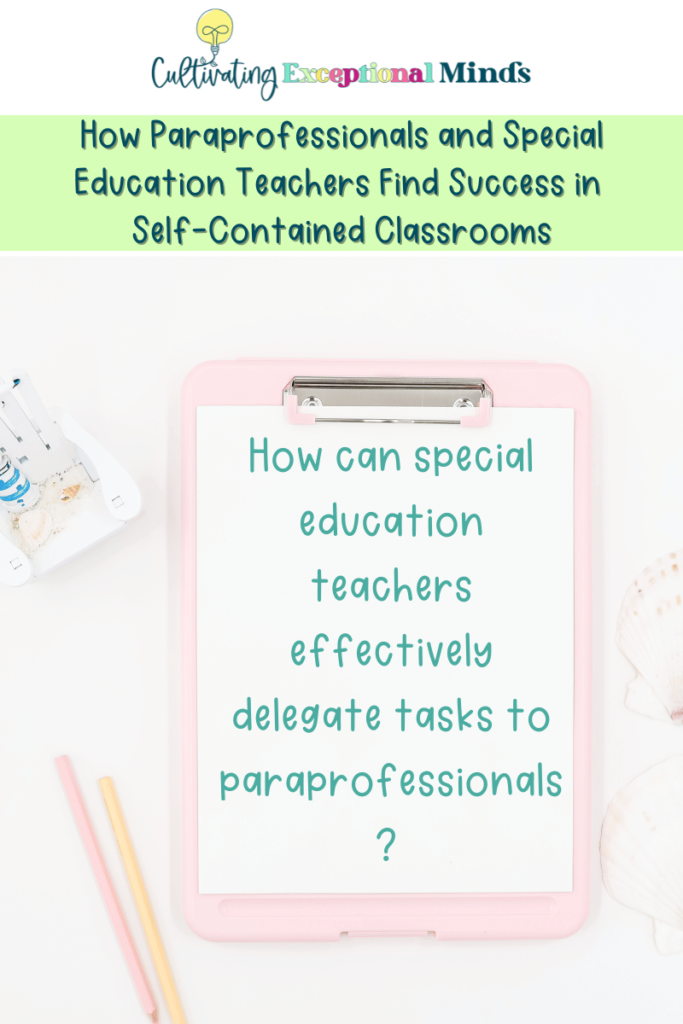
What qualifications do paraprofessionals in self-contained classrooms need?
A: Paraprofessionals in special education typically need a high school diploma or equivalent. However, specific qualifications may vary depending on the school district and state requirements. Some districts may prefer candidates with an associate’s degree or college coursework related to education or special education. Additionally, paraprofessionals may be required to complete training programs or obtain certifications in areas such as CPR, first aid, and crisis intervention techniques.
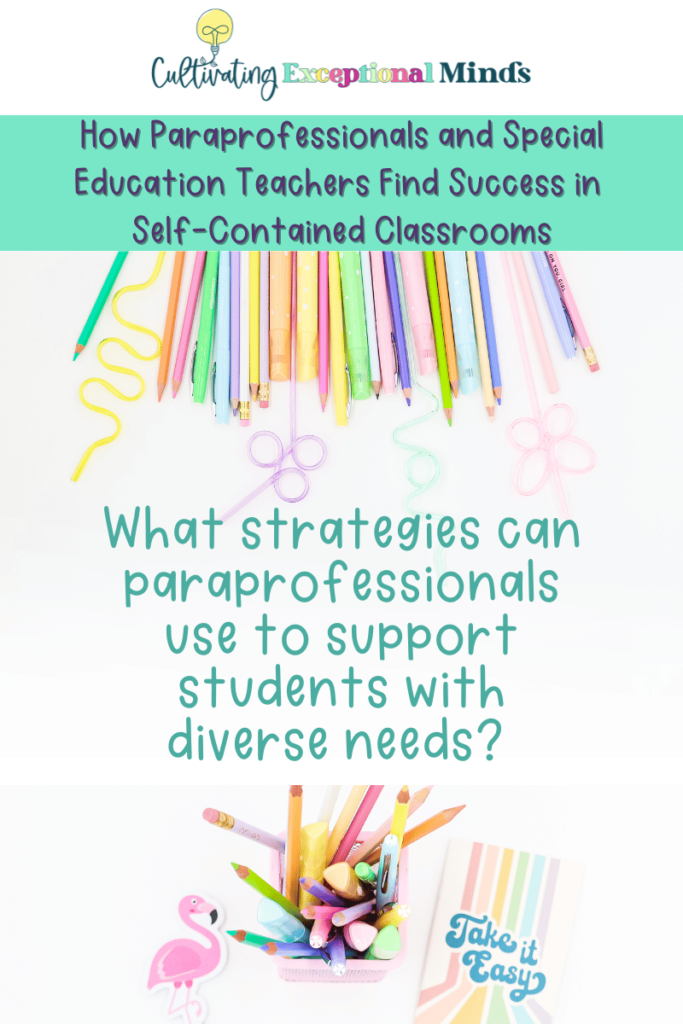
How can special education teachers effectively delegate tasks to paraprofessionals?
A: Effective delegation is crucial for maximizing the impact of paraprofessionals in special education classrooms. Here are some strategies for successful task delegation:
- Clearly communicate expectations: Special education teachers should clearly outline the tasks, responsibilities, and desired outcomes when delegating to paraprofessionals. Providing written instructions or using visual aids can help ensure clarity.
- Collaborative planning: Involve paraprofessionals in the planning process by discussing goals, instructional strategies, and individual student needs. This collaborative approach fosters a sense of ownership and promotes a shared understanding of the classroom objectives.
- Ongoing training and professional development: Provide paraprofessionals with regular training and professional development opportunities to enhance their skills and knowledge. This empowers them to take on more responsibilities and support students effectively.
- Regular check-ins and feedback: Schedule regular meetings to discuss progress, address concerns, and provide constructive feedback. This feedback loop helps paraprofessionals understand expectations and make necessary adjustments.
- Utilize individual strengths: Identify the unique strengths and talents of each paraprofessional and delegate tasks accordingly. Assigning responsibilities that align with their skills and interests can enhance their effectiveness and job satisfaction.
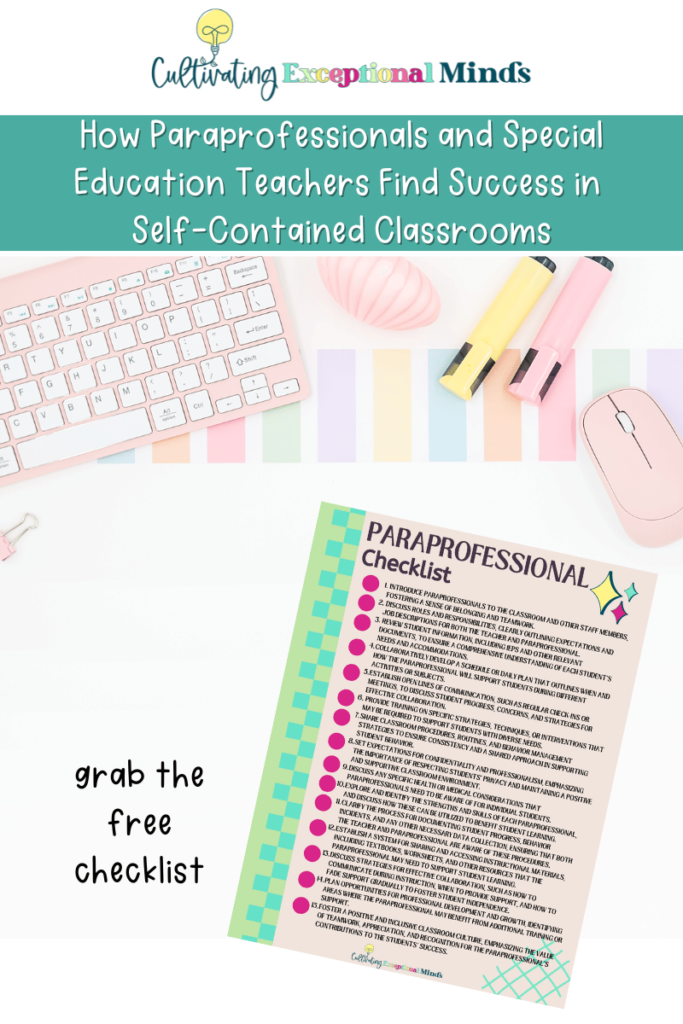
What strategies can paraprofessionals use to support students with diverse needs?
A: Paraprofessionals play a crucial role in supporting students with diverse needs in special education classrooms. Here are some strategies they can use:
Building rapport and relationships:
Paraprofessionals should focus on establishing strong relationships with students, creating a safe and supportive environment. Building trust and rapport helps students feel comfortable and enhances their engagement in learning.
Individualized assistance:
Paraprofessionals can provide one-on-one support to students with diverse needs, assisting them with tasks, reinforcing concepts, and helping with organization and time management skills. They can adapt instructional materials and techniques to meet individual learning styles and accommodations.
Behavior management:
Paraprofessionals can implement behavior management strategies in collaboration with the special education teacher. This includes reinforcing positive behaviors, implementing behavior plans, and utilizing de-escalation techniques when needed.
Collaboration with the teacher:
Paraprofessionals should actively collaborate with the special education teacher to align their efforts with instructional goals and strategies. This collaboration ensures consistency and maximizes the impact of support provided to students.
Data collection and progress monitoring:
Paraprofessionals can assist in collecting data on student progress and behavior, helping to track goals and identify areas for intervention. This data informs instructional decisions and supports evidence-based practices.
Remember, the specific strategies used by paraprofessionals may vary depending on the unique needs of the students.
Open communication, ongoing collaboration, and a student-centered approach are key to effectively supporting students with diverse needs.
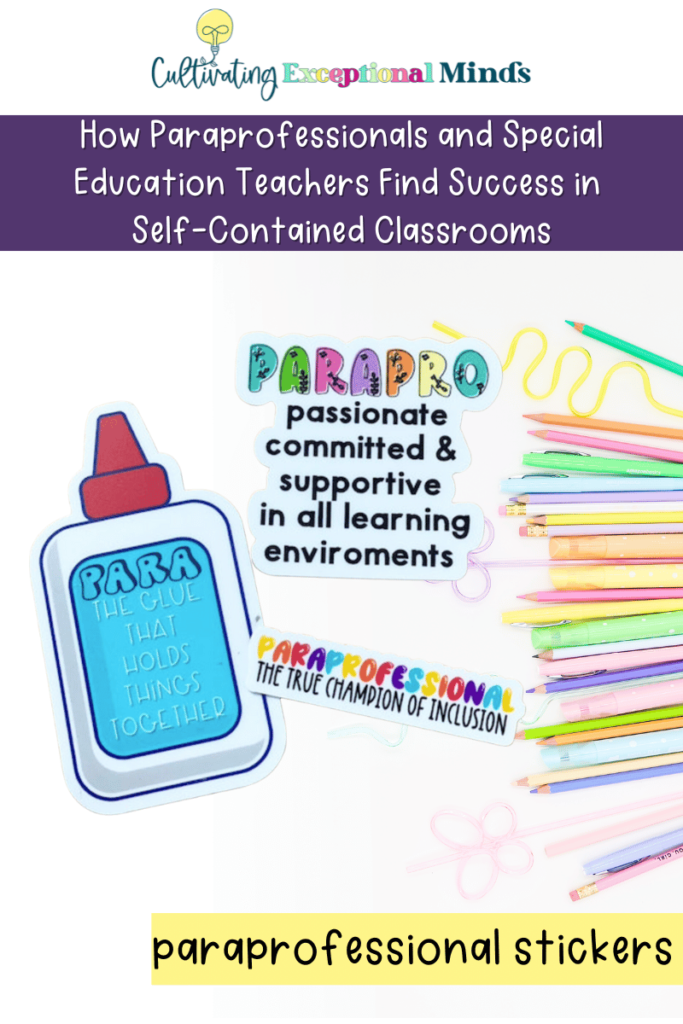
Can you envision the impact of a collaborative partnership between special education teachers and paraprofessionals in self-contained classrooms? Share your thoughts in the comments section below! Ready to explore more ways to grow and lead as a special education teacher? Connect with the Cultivating Exceptional Minds Exclusive podcast, “Be The Exception in Special Education.”
Gain valuable insights, practical tips, and inspiring stories to take your special education practice to new heights. Visit our website or search for us on your favorite podcast platform. Find paraprofessional stickers here in my etsy shop.
Want to learn more paraprofessional tips: Check out this podcast episode of Be The Exception Podcast.
- Podcasts:
In the world of special education, collaboration is the key to unlocking success. By harnessing the power of paraprofessionals, special education teachers can create a nurturing and inclusive environment where every student can thrive. Remember, it’s not about working in isolation; it’s about building a team that champions the exceptional minds in our classrooms. Together, we can make a difference!
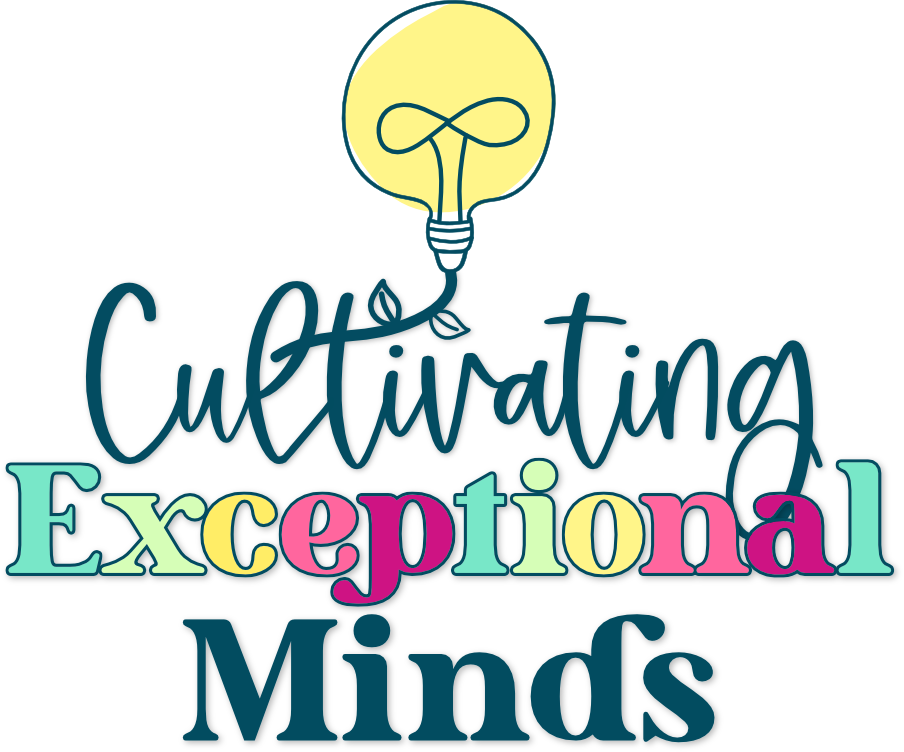




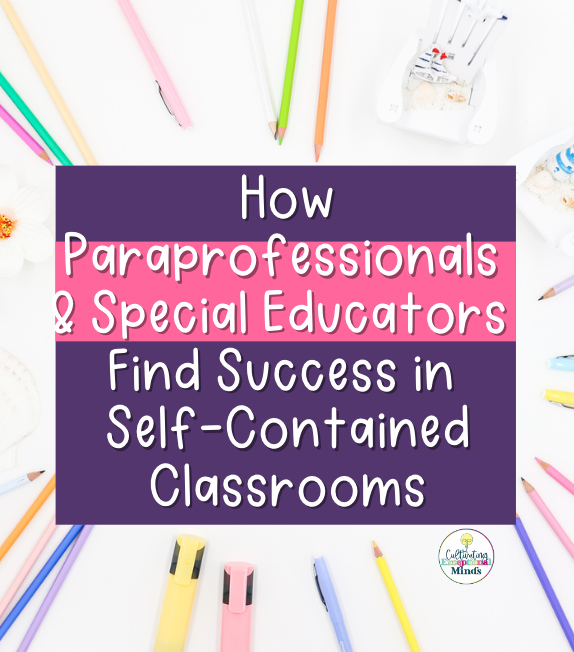

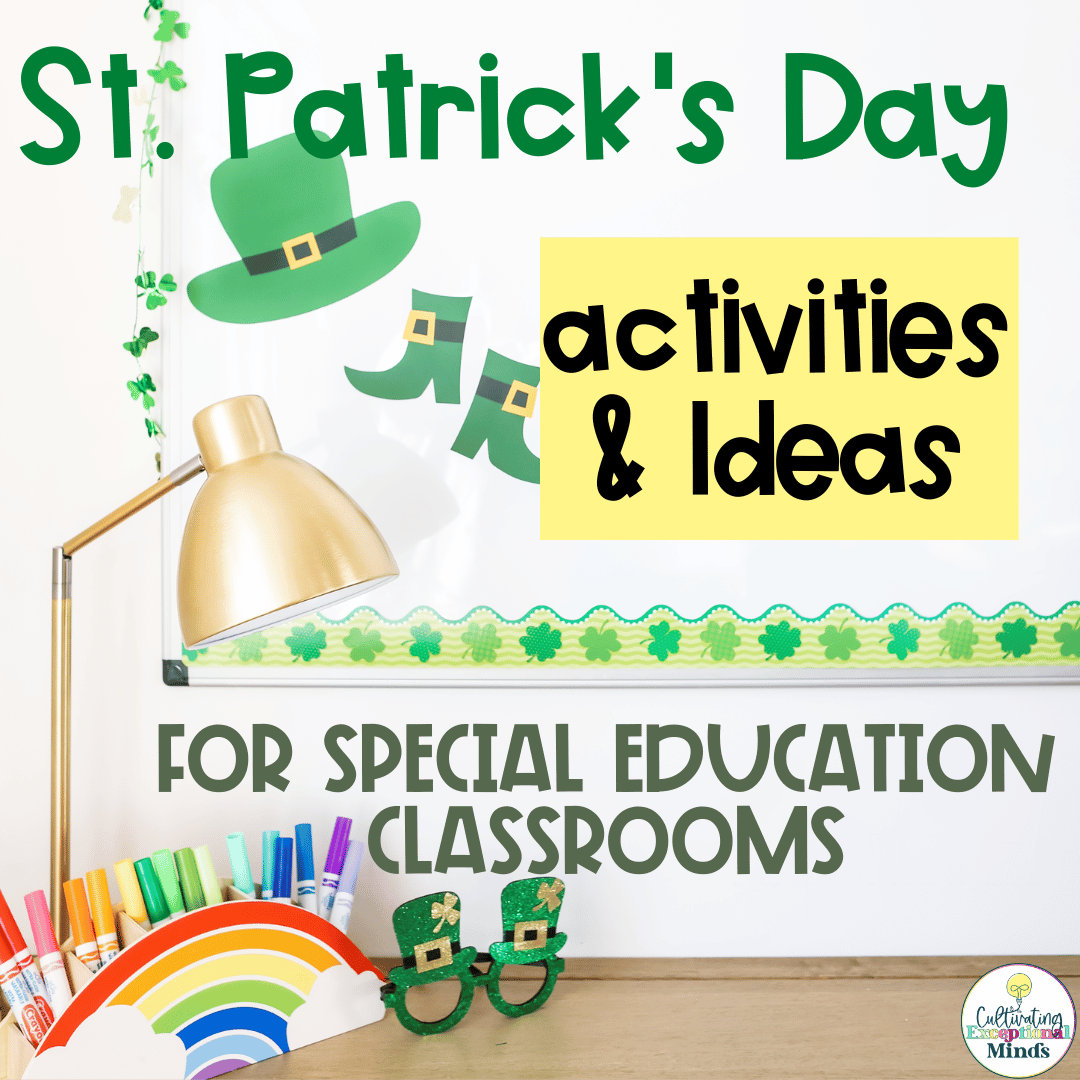
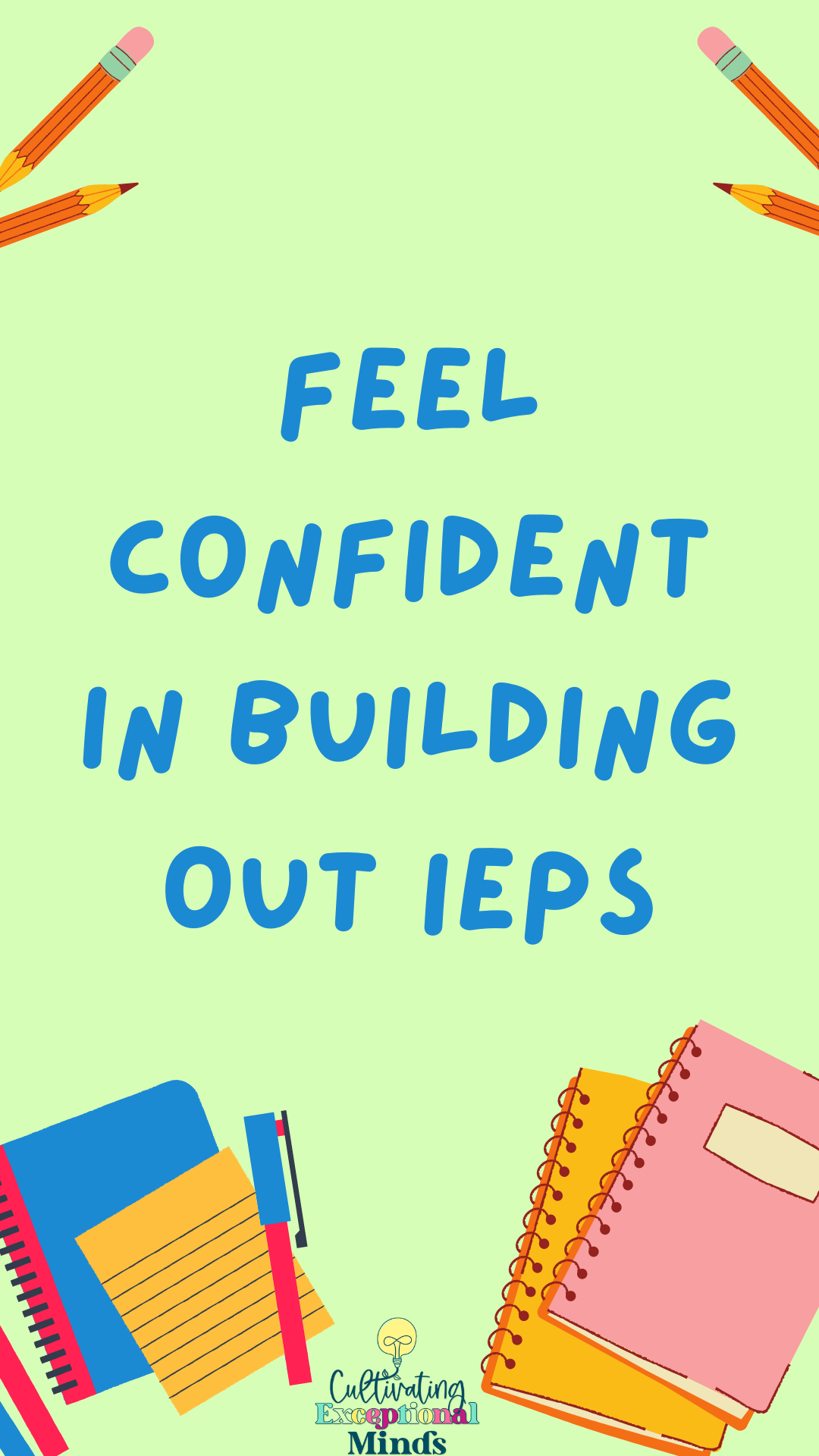


One Comment
Comments are closed.